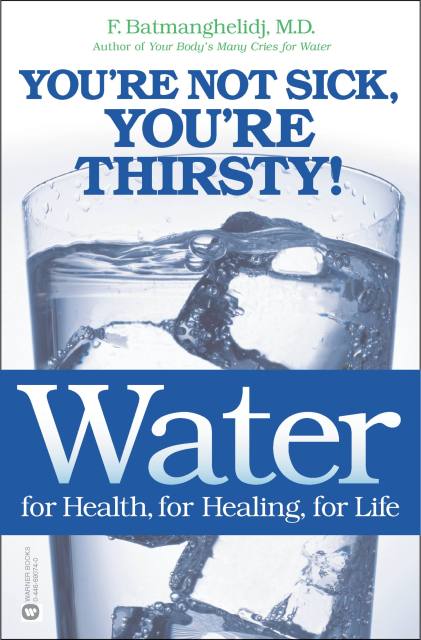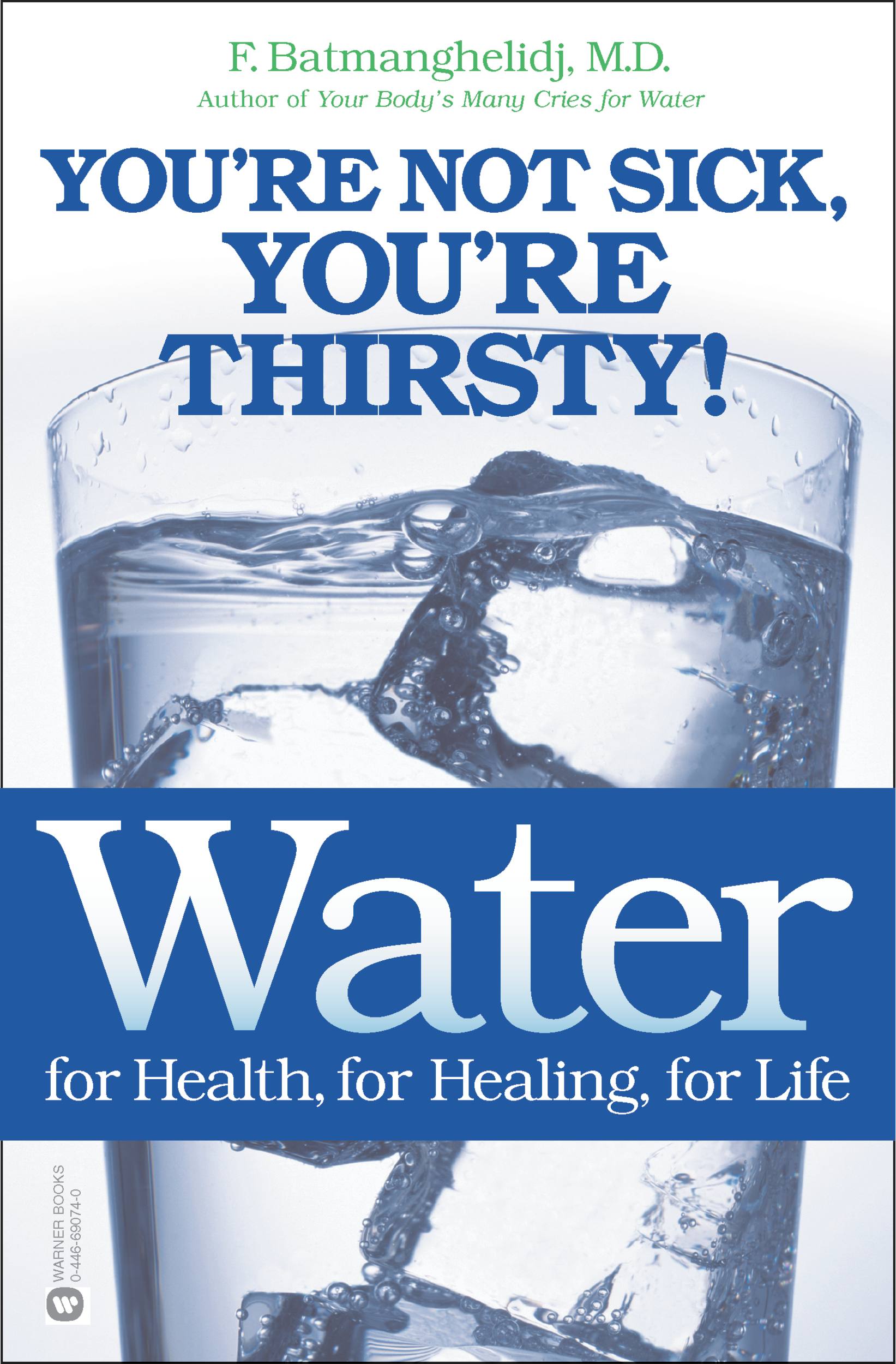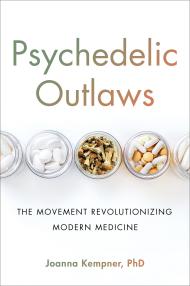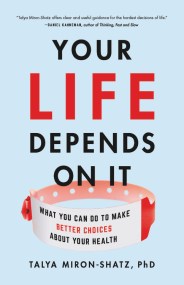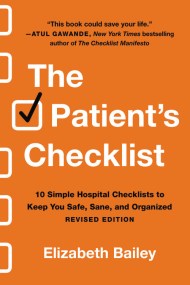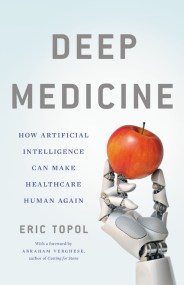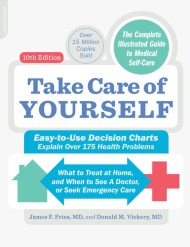Promotion
Use code FALL24 for 20% off sitewide!
Water for Health, for Healing, for Life
You're Not Sick, You're Thirsty!
Contributors
Formats and Prices
Price
$11.99Price
$14.99 CADFormat
Format:
- ebook $11.99 $14.99 CAD
- Trade Paperback $19.99 $25.99 CAD
This item is a preorder. Your payment method will be charged immediately, and the product is expected to ship on or around November 16, 2008. This date is subject to change due to shipping delays beyond our control.
Also available from:
From the author of the self-published sensation Your Body’s Many Cries for Water comes an all new book expanding on the healing powers of water.
Asthma, allergies, arthritis, hypertension, depression, headaches,
diabetes, obesity, and MS. These are just some of the conditions and diseases that are caused by persistent dehydration. But there is a miracle solution that is readily available, all natural, and free: water. In WATER: FOR HEALTH, FOR HEALING, FOR LIFE, Dr. F. Batmanghelidj reveals how easy it is to obtain optimum health by drinking more water and supports his claims with over 20 years of clinical and scientific research. Thirsty readers will discover what they never knew, that water can actually:
- Prevent and reverse aging
- Cure asthma in a few days, naturally and forever
- Eliminate pains, including heartburn, back pain, and migraine headaches
- And much, much more.
- On Sale
- Nov 16, 2008
- Page Count
- 304 pages
- Publisher
- Balance
- ISBN-13
- 9780446549370
Newsletter Signup
By clicking ‘Sign Up,’ I acknowledge that I have read and agree to Hachette Book Group’s Privacy Policy and Terms of Use
